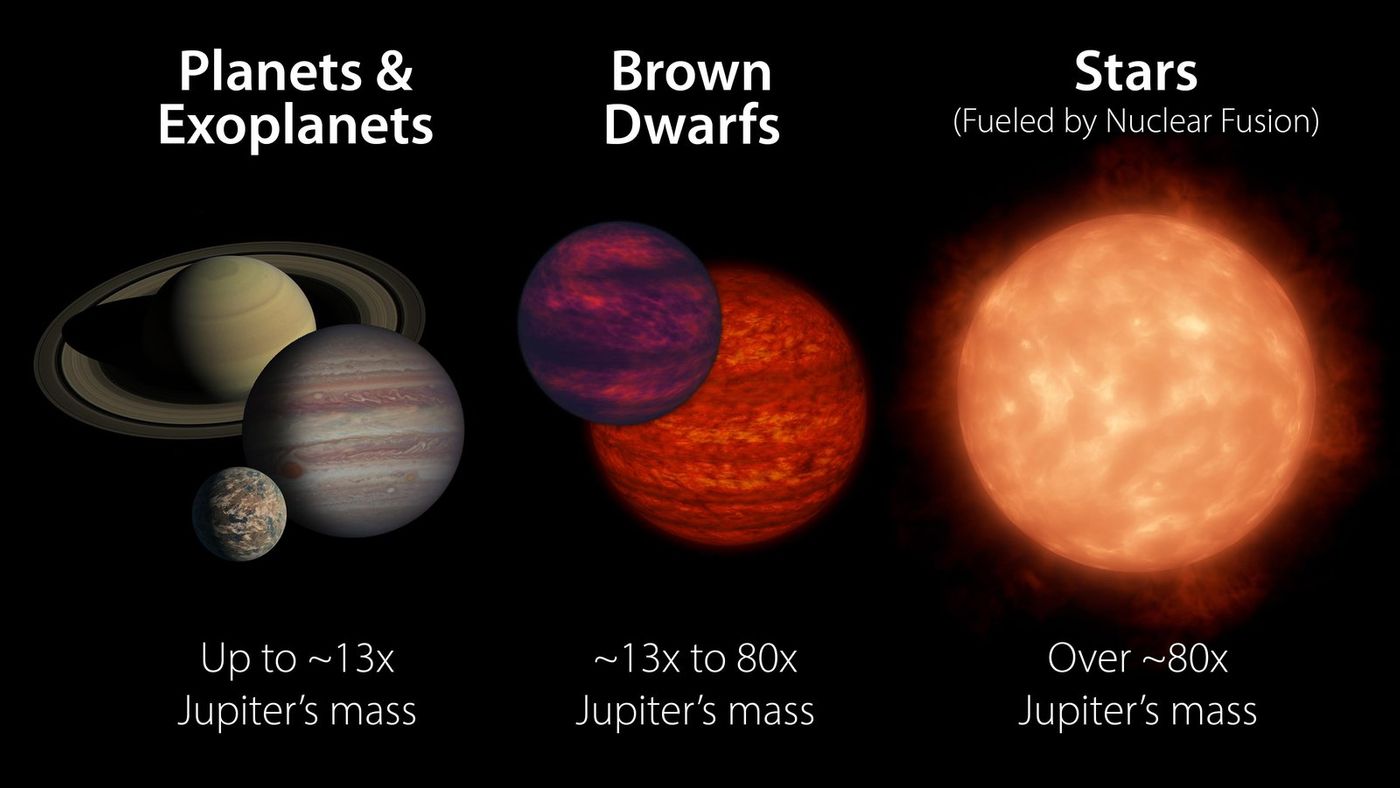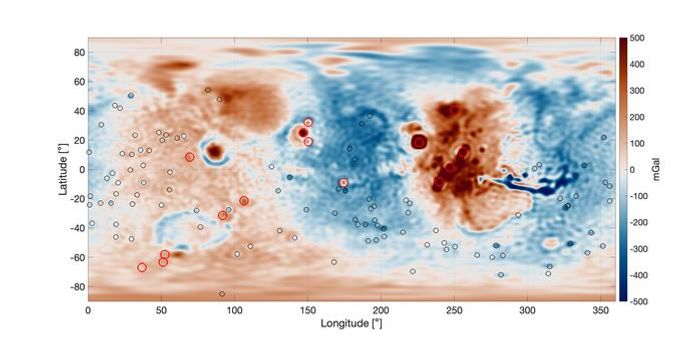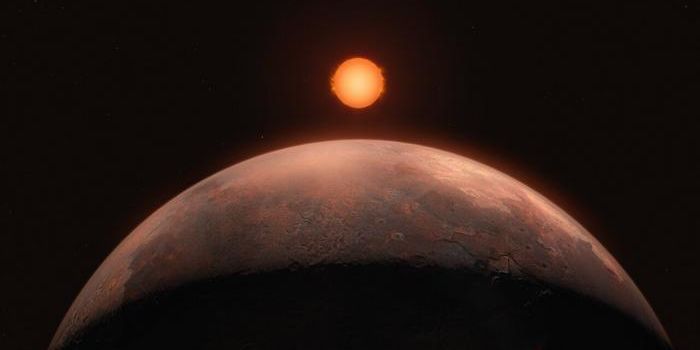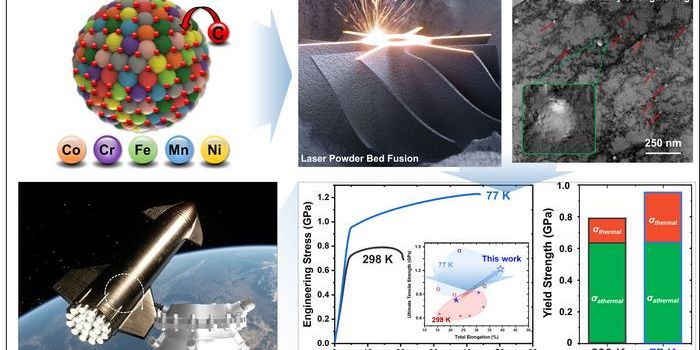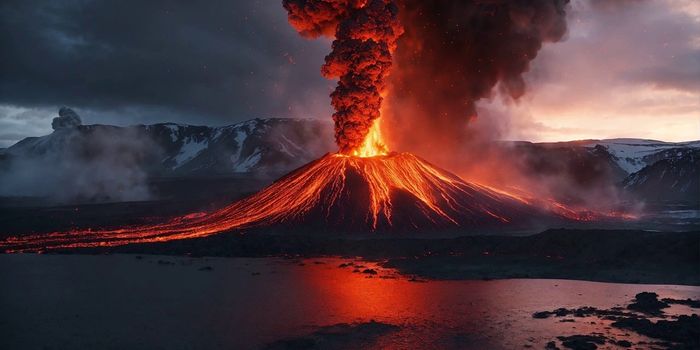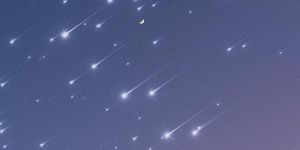Astronomers Discover Over 700 Ultracool Dwarfs
A new study in Astronomy & Astrophysics published the largest catalog of ultracool dwarfs to date. The team at the National Astronomical Observatories of the Chinese Academy of Sciences (NAOC) used low-resolution spectral data from Large Sky Area Multi-Object Fiber Spectroscopic Survey Data Release 7 (LAMOST DR7) to compile a catalog of 734 ultracool dwarfs, the largest homogenous sample of ultracool dwarfs with detailed stellar parameters.
Ultracool dwarfs are a class of objects that include very low mass stars (“M-type” stars – the least massive class of stars) and candidates of brown dwarfs. Brown dwarfs are substellar objects, a class of objects that is an intermediate between a planet and a star, i.e., too massive to be a planet, yet not massive enough to be a star. Brown dwarfs cannot perform hydrogen fusion in their cores and thus, are usually nicknamed “failed stars.” These types of objects are red in color and very faint, which makes them extremely difficult to observe. They are also much cooler than most stars, having a temperature of less than 2,700 K. M type stars are important for studying the chemical reactions and physical processes that occur at the transition region of objects between stars and brown dwarfs. M-type stars have become increasingly popular in recent years as they are ideal targets for searching for terrestrial – or rocky – planets like Earth.
The team used LAMOST, a telescope located in Xinglong Station, Hebei Province, China. LAMOST is a large-scale spectroscopic survey of the night sky visible from China, whose goal is to survey 10 million stars in the Milky Way, as well as millions of galaxies in our Universe. Using a new collection of data released in 2019, data release 7 (DR7), the team examined a sample of spectra of 10,000 M-type stars. The team then examined and compared the spectra of these stars and identified 734 ultracool dwarfs in the sample. This is the largest sample of M type ultracool dwarfs in a single work with a rich stellar parameter set derived homogenously. The objects are between 326 and 1174 light-years from Earth and approximately 300 million years old. This sample of objects is vital in studying the properties and evolution of ultracool dwarfs, key targets for looking for habitable planets. This large sample may help astronomers understand how these objects form and the internal nature of these objects, which is relatively unknown at this point in time.
Source: Chinese Academy of Sciences
